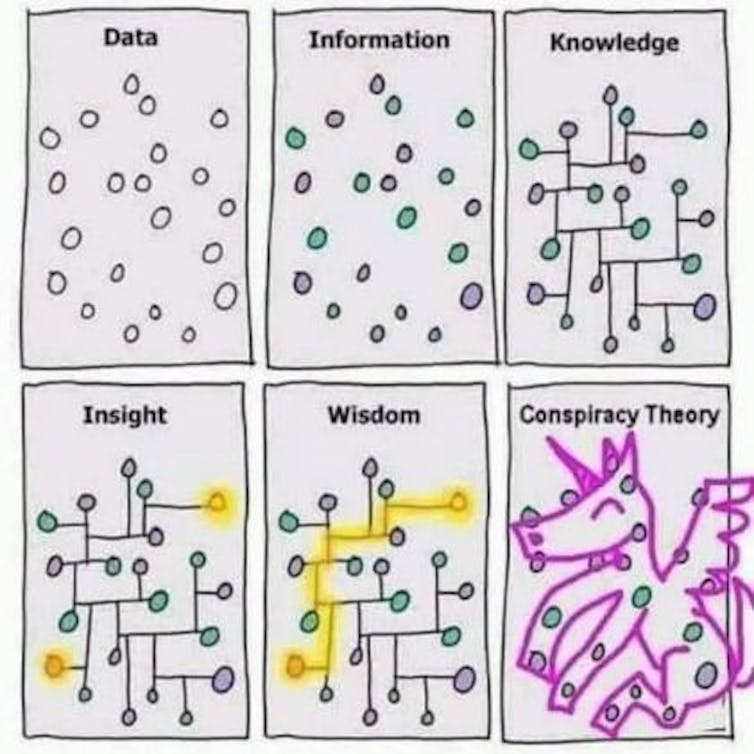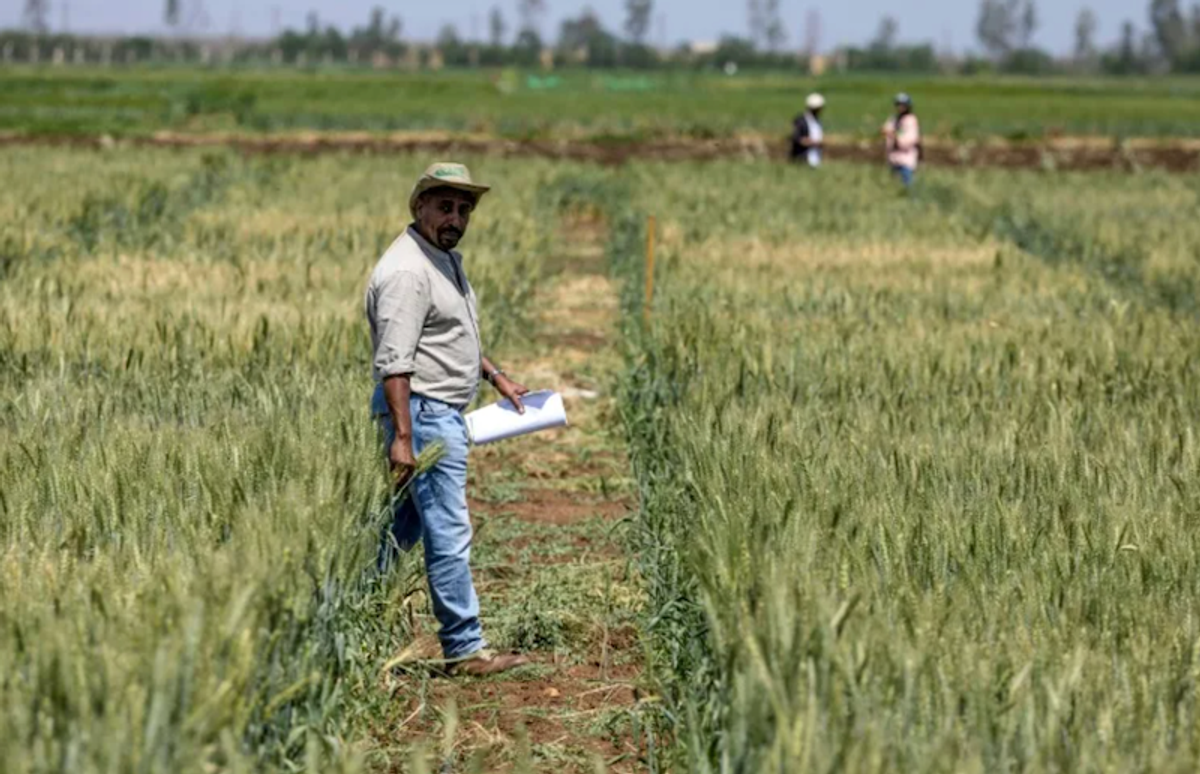AN AFGHAN AFFECTATION
According to those reports, Wardak was briefly detained at Mumbai's international airport on allegations of smuggling 25 bricks of gold, each weighing 1 kilogram (2.2 pounds), from Dubai.
The Taliban seized power in August 2021 after US-led international troops withdrew from Afghanistan. Since then, the Taliban leadership has imposed a hardline interpretation of Islam, curtailing women's access to education and public spaces, as well as their right to travel both within Afghanistan and abroad.
No country has formally recognized the Taliban government.
rm/dj (AP, dpa)
Afghanistan's diplomat Zakia Wardak said she was stepping down as the consul-general in Mumbai because of organized attacks against her. Her statement made no mention of the alleged gold smuggling accusations.
India has been cautiously engaging with the Taliban regime, despite the lack of official diplomatic ties
(file photo)Image: Dinesh Joshi/AP Photo/picture alliance
An Afghan diplomat in India, who said she was the only woman in the country's diplomatic service, resigned from her role on Saturday.
In a statement posted to X, formerly Twitter, Zakia Wardak wrote that she "faced waves of organized attacks aimed at destroying" her.
Wardak said the attacks have impacted her ability to work and have "demonstrated the challenges faced by women in Afghan society who strive to modernize and bring positive changes amidst ongoing propaganda campaigns."
"It has become increasingly clear that the public narrative is unfairly targeting the only female representative within this system," she wrote in the statement.
Wardak was appointed consul-general of Afghanistan in Mumbai before the Taliban seized power in 2021. It was not immediately clear whether she was indeed Afghanistan's only female diplomat in office.
The statement made no mention of reports published in Indian media last week, which indicated that Wardak had been detained on suspicion of trying to smuggle gold.
An Afghan diplomat in India, who said she was the only woman in the country's diplomatic service, resigned from her role on Saturday.
In a statement posted to X, formerly Twitter, Zakia Wardak wrote that she "faced waves of organized attacks aimed at destroying" her.
Wardak said the attacks have impacted her ability to work and have "demonstrated the challenges faced by women in Afghan society who strive to modernize and bring positive changes amidst ongoing propaganda campaigns."
"It has become increasingly clear that the public narrative is unfairly targeting the only female representative within this system," she wrote in the statement.
Wardak was appointed consul-general of Afghanistan in Mumbai before the Taliban seized power in 2021. It was not immediately clear whether she was indeed Afghanistan's only female diplomat in office.
The statement made no mention of reports published in Indian media last week, which indicated that Wardak had been detained on suspicion of trying to smuggle gold.
According to those reports, Wardak was briefly detained at Mumbai's international airport on allegations of smuggling 25 bricks of gold, each weighing 1 kilogram (2.2 pounds), from Dubai.
The Taliban seized power in August 2021 after US-led international troops withdrew from Afghanistan. Since then, the Taliban leadership has imposed a hardline interpretation of Islam, curtailing women's access to education and public spaces, as well as their right to travel both within Afghanistan and abroad.
No country has formally recognized the Taliban government.
rm/dj (AP, dpa)














